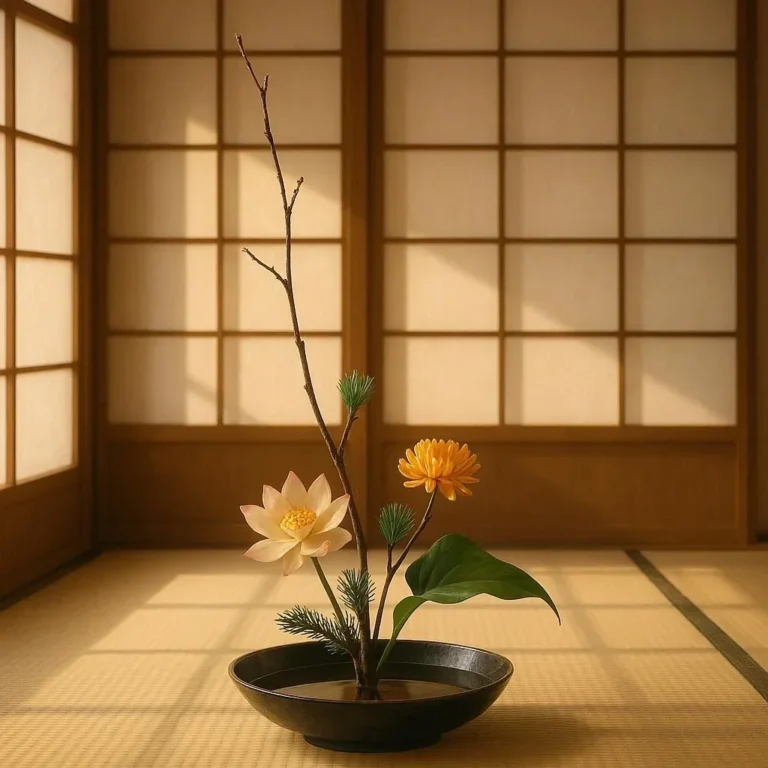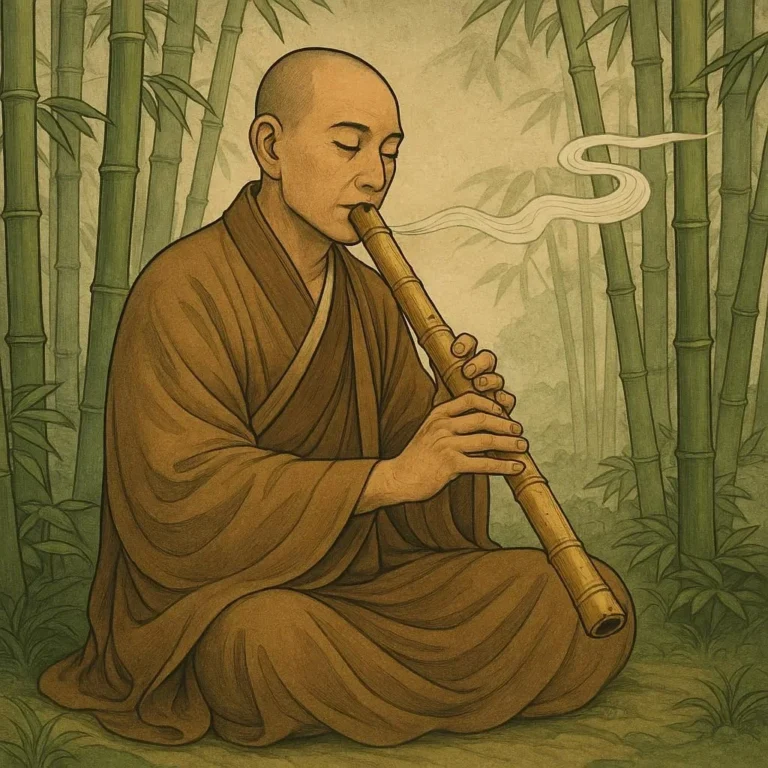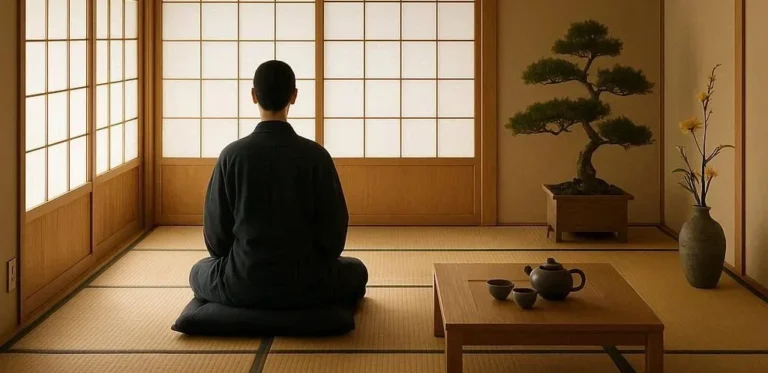503 views The Iconography of the Samurai: Symbols and Meaning
Unveiling the Iconography of the Samurai: Symbols of Honor and Tradition
The samurai, Japan’s legendary warriors, have captivated the world with their code of honor, martial prowess, and iconic imagery. Beyond their historical significance, the symbols associated with samurai culture are deeply rooted in Japan’s rich history and philosophy. This blog delves into the iconography of the samurai, exploring the meanings behind their symbols and how these elements continue to influence modern culture.
The Samurai Code and Its Visual Representation
The samurai adhered to a strict code of conduct known as Bushido, which emphasized courage, loyalty, veracity, and self-discipline. This philosophy was not just a set of principles but a way of life that influenced every aspect of a samurai’s existence, including their attire, weaponry, and personal emblems. The symbols used by samurai were often chosen for their ability to convey these values visually.
Primary Icons of Samurai Iconography
- Katana and Wakizashi: The katana, a curved sword, and the wakizashi, a shorter companion sword, are among the most recognizable symbols of the samurai. Together, they represent the dual aspects of a warrior’s duty: to protect and to serve.
- Samurai Armor: Samurai armor, known as yorooi, was not only functional but also a canvas for symbolic expression. Designs often incorporated motifs like dragons, which symbolized power and good fortune, or waves, which represented adaptability and resilience.
- Mon (Family Crests): Samurai families displayed their heritage through mon, or family crests, which were used on flags, armor, and other belongings. These crests were often animals or natural elements that held specific meanings, such as the crane for longevity or the pine tree for steadfastness.
The Cultural Significance of Samurai Symbols
The symbols associated with samurai are not merely decorative; they carry deep cultural and historical significance. Understanding these symbols offers a glimpse into the values and beliefs of Japan’s feudal era.
The Katana: More Than Just a Sword
The katana is perhaps the most enduring symbol of the samurai. Its curved blade and ornate scabbard have become synonymous with Japanese culture. The katana was more than a weapon; it was a reflection of the samurai’s soul. According to legend, the crafting of a katana involved rituals that imbued the sword with spiritual energy.
The Katana’s Role in Rituals
In addition to its use in battle, the katana played a significant role in samurai rituals. For instance, during the tea ceremony, the katana was often placed in a specific position to signify the participants’ commitment to peace and respect for tradition. This duality of purpose—both as a weapon and as a symbol of peace—highlights the complexity of the samurai code.
Samurai Armor: A blend of Functionality and Aesthetics
Samurai armor was meticulously crafted to protect the warrior while also showcasing their status and beliefs. The designs on the armor were often religious or mythological in nature, intended to invoke divine protection or inspire fear in enemies. For example, some samurai wore armor adorned with images of Buddhist deities, while others preferred more secular motifs like dragons or tigers.
The Evolution of Samurai Armor
Over time, samurai armor evolved to reflect changes in warfare and cultural values. Early armor was heavily influenced by Chinese designs, but as Japanese culture became more distinct, so did the armor. By the Edo period, armor had become more ceremonial, with intricate designs that emphasized the wearer’s social standing.
Mon: The Family Crest
The mon or family crest was a crucial element of samurai iconography. These crests were used to identify a samurai on the battlefield and to signify their allegiance to a particular clan. Unlike European coats of arms, which were often complex and colorful, samurai crests were simpler in design, typically consisting of a single motif.
Common Motifs in Samurai Mon
- Animals: Animals were common motifs in samurai crests, each carrying specific meanings. The tortoise, for example, symbolized longevity, while the tiger represented courage.
- Plants: Plants like the pine tree and bamboo were also popular, symbolizing resilience and flexibility.
- Natural Elements: Elements like waves and mountains were used to represent the ever-changing nature of life and the enduring strength of the samurai.
The Legacy of Samurai Iconography
The symbols of the samurai have endured long after their time as warriors. Today, these icons are used in various forms of media, from film and literature to advertising and fashion. Their enduring appeal lies in their ability to evoke a sense of honor, discipline, and tradition.
Modern Applications of Samurai Symbols
- Film and Literature: Samurai imagery is a staple in Japanese cinema, particularly in the works of directors like Akira Kurosawa. The katana, in particular, has become a recurring motif in action films worldwide.
- Fashion: Samurai-inspired designs are prevalent in modern fashion, with brands incorporating elements like katana-inspired accessories or armor-like patterns.
- Sports: In martial arts, particularly in disciplines like kendo, the traditions of the samurai continue to influence both practice and attire.
Conclusion
The iconography of the samurai is a testament to the rich cultural heritage of Japan. Each symbol, from the katana to the family crest, carries a story that reflects the values and beliefs of this legendary warrior class. As we continue to draw inspiration from these symbols, we honor not only the samurai but also the enduring spirit of Bushido.
If you’re interested in learning more about samurai history and culture, you can explore resources from reputable institutions like Wikipedia or the Metropolitan Museum of Art. For a deeper understanding of Bushido, consider reading classical texts like ‘The Book of Five Rings’ by Miyamoto Musashi.
What’s your favorite symbol of the samurai? Share your thoughts in the comments below! And if you enjoyed this post, don’t forget to share it with fellow history enthusiasts!






